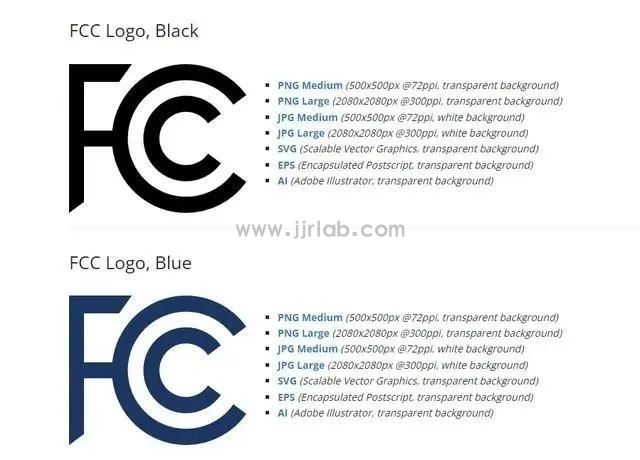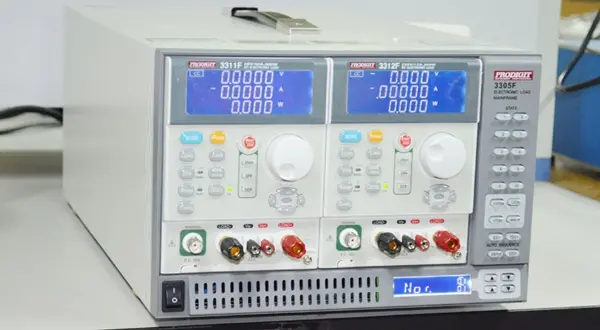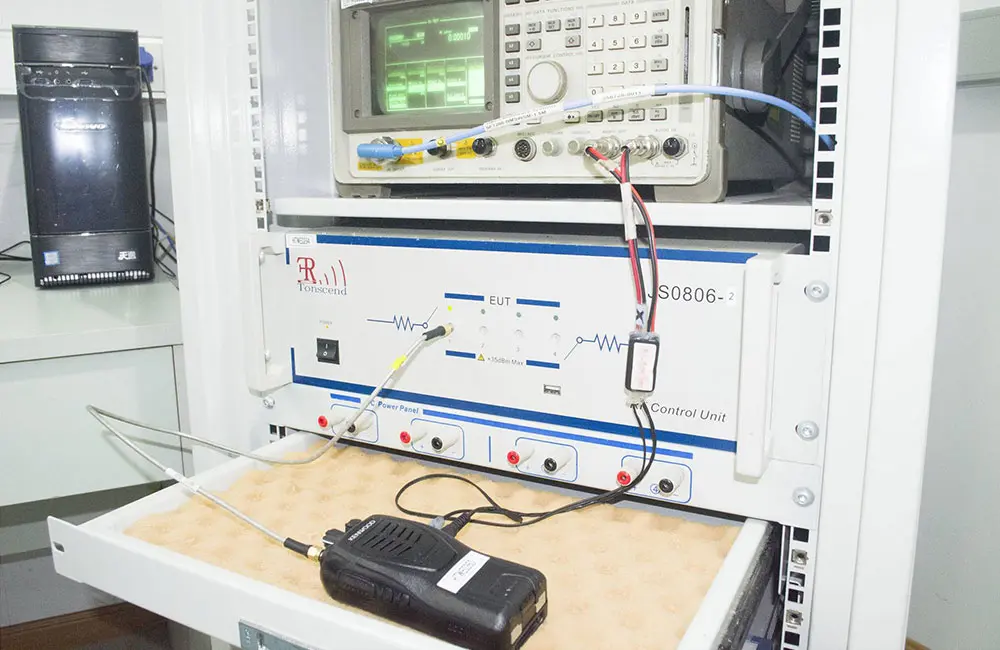
Is CISPR 32 the same as EN 55032?
Yes, en 55032 and CISPR 32 are essentially the same standard. EN 55032 is the European counterpart of CISPR 32, published by the European Telecommunications Standards Institute (ETSI), and is mandatory in the EU market. Both standards regULate the Electromagnetic Compatibility (EMC) requirements for multimedia equipment, including information technology equipment, broadcast receiving equipment, and other related devices.

What Impact Does EN 55032 (CISPR 32 for ITE) Have on EU EMC Product Testing?
EN 55032 is a product standard for commercial and consumer electronic products. It has replaced EN 55013, EN 55022, and EN 55103 - 1. As of March 2017, all products previously tested to EN 55013, EN 55022, or EN 55103 - 1 must comply with EN 55032 to obtain the ce marking for placement on the European Union (EU) market.
First released in 2012, EN 55032 was subsequently included in the Official Journal (OJ) of the EU and is now valid for use in ce conformity Declarations to meet product emc testing requirements. Additionally, the Australian Communications and Media Authority (ACMA) accepts AS/NZS CISPR 32:2013, CISPR 32 Ed 1.0, and EN 55032:2012 for the Regulatory Compliance Mark (RCM) certification.
Which Standards Has EN 55032 Replaced?
EN 55032 has superseded several previously recognized EU/CE product standards. The three standards being phased out and replaced are:
① CISPR 13 / EN 55013: Sound and television broadcast receivers and associated equipment
② CISPR 22 / EN 55022: Information technology equipment
③ EN 55103 - 1: Electromagnetic compatibility - Product family standard for professional audio, video, audio - visual, and entertainment lighting equipment - Part 1: Emissions
Starting from March 5, 2017, EN 55013, EN 55022, and EN 55103 - 1 no longer provide a presumption of conformity. If you intend to market multimedia equipment in the EU after this date, your products must comply with EN 55032 for both radiated and conducted emission standards.
Changes to Immunity Testing for Multimedia Equipment
EN 55032 solely specifies product standards for radiated and conducted emissions of multimedia equipment. However, an updated immunity product standard for this product category has not been officially published yet. Nevertheless, EN 55035 will eventually replace en 55024 (for IT equipment), EN 55020 (for broadcast receivers), and EN 55103 (for audio and studio equipment). Currently, EN 55035 has not been listed in the EU Official Journal and thus cannot be used to demonstrate compliance with EMC immunity testing requirements for the CE marking.
What Are the Key Testing Changes in EN 55032?
Notable changes to the testing methods compaRED to EN 55013 include:
① The "disturbance power measurement" method is no longer permitted, aligning with the FCC's ruling on this EMC testing approach.
② The length of loop - back cables must be at least 2 meters.
③ Fiber - optic cables with metal shielding now require conducted emission testing.
④ Testing methods for multimedia video applications have been unified.
The applicable test signals depend on the type of video application and functionality. EMC testing can include the following signals:
① RF input (TV antenna for digital TV signals on optional channels/frequencies)
② VGA
③ Component
④ HDMI
⑤ VGA
⑥ Audio
In addition, all video signals must use a properly specified red test pattern with moving elements and accompanying audio.
EN 55032 sets the following emission limits for each port:
① Radiated emissions from enclosures and associated cables.
② Conducted emissions from AC power ports.
③ Conducted emissions from wired network ports (e.g., Ethernet).
④ Conducted emissions from fiber - optic ports with metal shielding or strength members.
⑤ Conducted emissions from broadcast antenna ports (e.g., FM receivers).
Note: There are no emission limits specified for DC power ports. However, if a product's DC power port is supplied by a dedicated AC/DC power converter, it is classified as an AC power port. If the DC power port is used for communication purposes (e.g., Power over Ethernet (PoE)), the conducted emission limits for wired networks may apply.
EN 55032:2012 (Edition 1.0)
① Supersedes the existing CISPR 13/EN 55013, CISPR 22/EN 55022, and EN 55103 - 1.
② Defines Multimedia Equipment (MME) as information technology equipment, audio equipment, video equipment, broadcast receiving equipment, entertainment lighting control equipment, or combinations thereof.
③ Specifies conducted emissions (for power lines and telecommunications ports) in the frequency range of 150 kHz to 30 MHz (consistent with CISPR 22/EN 55022).
④ Regulates radiated emissions in the frequency range from 30 MHz up to 6 GHz.
⑤ Requires symmetric - mode conducted emissions for wired network ports, fiber - optic ports with metal shielding or strength members, and antenna ports in the 150 kHz to 30 MHz range.
⑥ Mandates asymmetric - mode conducted emissions for TV broadcast receiver tuner ports (with accessible connectors), RF modulator output ports, and FM broadcast receiver tuner ports (with accessible connectors) in the 150 kHz to 30 MHz range (consistent with CISPR 13/EN 55013).
⑦ Eliminates the requirement for disturbance power measurement specified in CISPR 13/EN 55013.
⑧ Excludes radio transmissions that comply with the ITU Radio Regulations.
Changes in EN 55032:2015 (Edition 2.0)
① Incorporates emission limits for outdoor units of domestic satellite reception systems (previously covered in CISPR 13).
② Requires radiated emission measurements up to 18 GHz for outdoor units of domestic satellite reception systems.
③ Removes the need to measure differential voltage emissions for every receiving channel of broadcast receivers; only the channel producing the highest emissions needs to be tested (pre - scan/survey measurements are specified for identification).
④ Permits the use of Fully Anechoic Rooms (FAR), TEM waveguides, and Reverberation Chambers (RVC), with enhanced guidance on method requirements and effectiveness.
⑤ Clarifies measurement setups for Equipment Under Test (EUT) (detailed in Annex D), including provisions for wall - mounted, handheld, ceiling - mounted, or body - worn desktop devices.
⑥ Officially defines 3 - meter limits in the radiated emission limit tables.
⑦ Mandates the use of linear average detectors (as defined in CISPR 16 - 1 - 1:2010, Clause 6), also known as CISPR average detectors, for average value measurements.
Email:hello@jjrlab.com
Write your message here and send it to us
 FCC ID Certification and SDoC Compliance
FCC ID Certification and SDoC Compliance
 Export Certification and Compliance for Lighting F
Export Certification and Compliance for Lighting F
 FCC Certification Resumes Issuance
FCC Certification Resumes Issuance
 Electrical Toy Safety Certification EN 62115 EMC T
Electrical Toy Safety Certification EN 62115 EMC T
 What is the UL 62368 Test Standard?
What is the UL 62368 Test Standard?
 Is CISPR 32 the same as EN 55032?
Is CISPR 32 the same as EN 55032?
 What is the difference between EN55022 and 55032?
What is the difference between EN55022 and 55032?
 What is EN 55032?
What is EN 55032?
Leave us a message
24-hour online customer service at any time to respond, so that you worry!




